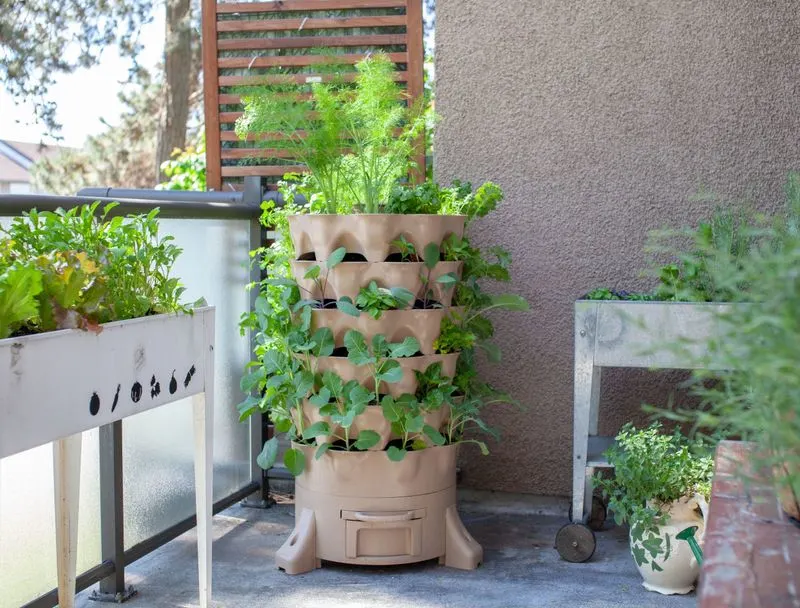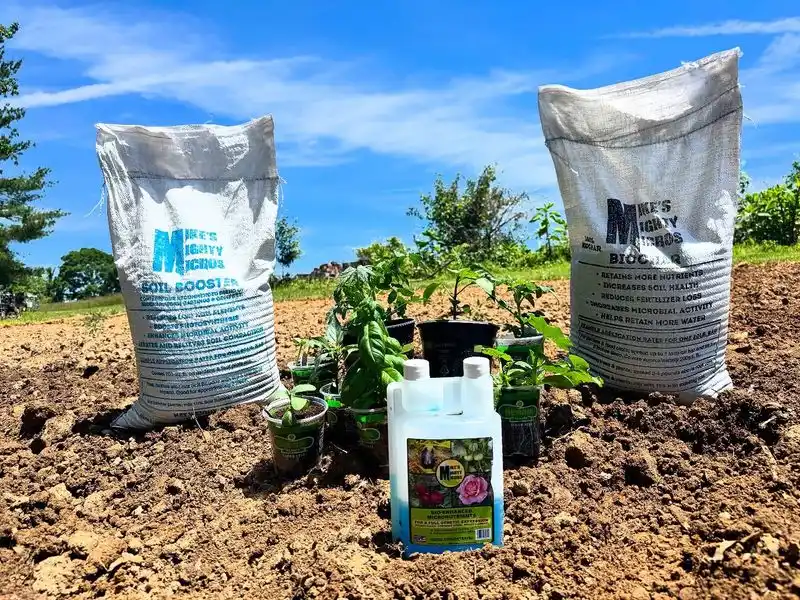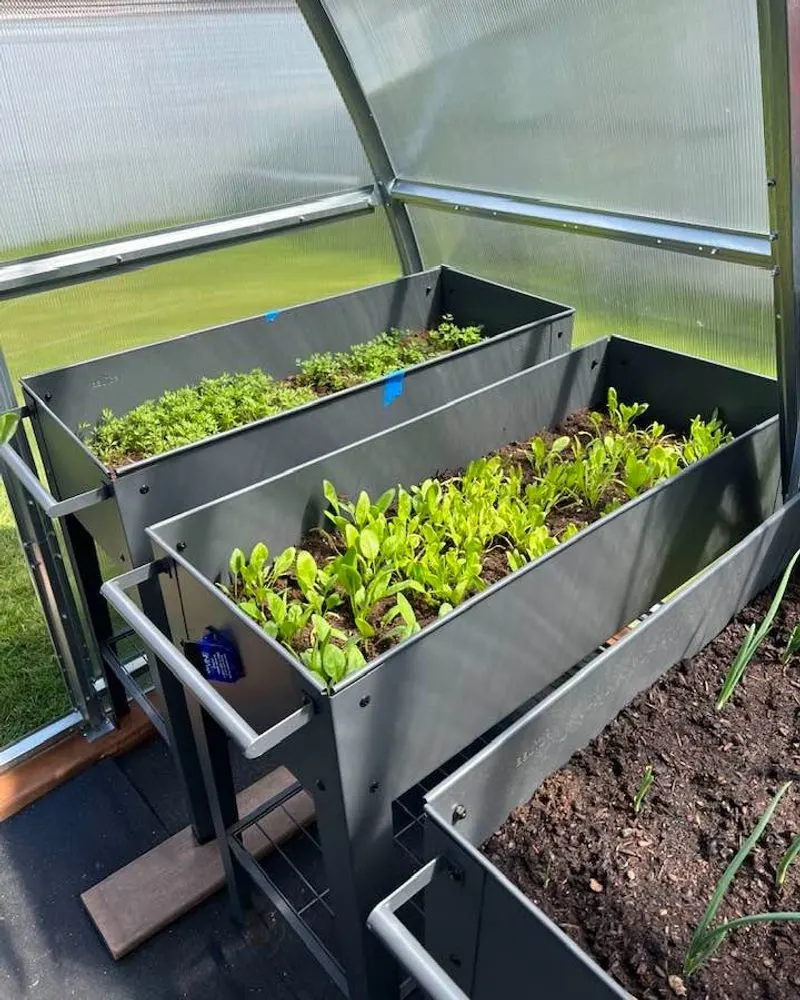Traditional straight rows may look tidy, but they aren’t always what your vegetables need. In nature, plants rarely grow in neat lines—and by mimicking that diversity, you can create a garden that’s healthier, more productive, and easier to manage.
Mixing and scattering plants helps improve airflow, soil health, and pest resistance, while also making the most of every inch of space. It turns out your vegetables actually prefer a bit of organized chaos—and they’ll reward you for it.
In this article, discover why forgetting straight rows can lead to happier vegetables—and how to plant in ways that let your garden work smarter, not harder.
Increased Plant Resilience

Imagine a garden where each plant supports its neighbor—this is the essence of planting in a non-linear fashion. By allowing vegetables to intermingle, you foster a mini-ecosystem, enhancing pest resistance naturally.
Irregular patterns disrupt the predictability for pests, making it harder for them to find their favorite snacks. This approach mimics nature’s design, where diversity offers resilience.
With increased plant strength, your garden becomes a sanctuary of health and productivity, yielding a bountiful harvest season after season.
Maximized Space Utilization

Breaking free from straight rows allows for creative space usage, turning even the smallest plots into productive gardens. Consider planting in spirals or clusters to utilize every inch effectively.
This method can optimize sunlight exposure and ensure each plant receives the nutrients it needs without overcrowding. You’ll find that you can grow more varieties than you ever thought possible in limited space.
Such imaginative layouts help accommodate a diverse range of plants, enriching not only the soil but also your gardening experience.
Enhanced Soil Health

When vegetables are planted randomly, the soil benefits immensely. This diversity prevents the depletion of any one type of nutrient, promoting balanced soil health.
Organic matter, like compost, is better distributed when plants are mixed, enhancing microbial activity and nutrient cycling. This method mimics natural ecosystems and their self-sustaining cycles.
Healthy soil translates to robust plants, reducing the need for chemical fertilizers and promoting a more sustainable garden environment.
Improved Water Efficiency

Watering a garden with mixed planting can be more efficient. Irregular planting allows water to disperse more evenly, reaching roots without washing away topsoil.
Plants with different water needs can coexist, creating a microclimate that conserves moisture. This diversity reduces evaporation rates and helps retain soil integrity even during dry spells.
Such arrangements ensure that every drop counts, fostering a garden resilient to the whims of weather.
Increased Biodiversity

Diverse planting invites a wealth of beneficial insects and pollinators into your garden. By breaking from uniform rows, you create habitats for bees, butterflies, and other helpers.
This not only aids in vegetable pollination but also helps control pest populations naturally. The result is a balanced ecosystem where each organism plays its part.
A biodiverse garden is a thriving garden, offering beauty and function harmoniously, and enriching the environment around it.

